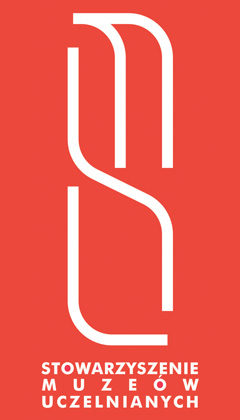Salvatorian Seminary in Bagno
(affiliated to the Pontifical Faculty of Theology in Wrocław)
Bagno, ul. Ziołowa 51
55-120 Oborniki Śl.
Tel. (71) 310 61 26
seminarium@sds.pl
www.wsd.salwatorianie.eu/pl
Free admission
The interiors of the monastery are open to visitors on Sundays and statutory holidays, on the full hour only, between 1 pm and 5 pm. Only organized groups may visit on other days (advance booking is essential – please contact the superior The park adjoining the monastery is open every day.
Superior:
The Rev. Roman Słupek SDS PhD
The Salvatorian Seminary is in the village of Bagno, 30 km from Wrocław. It is located within a monastic complex of two palaces connected with one another via a tower, a guardhouse and gateway, a former coach house with a gateway in the shape of a triumphal arch, a 19th-century brick building for candidates undergoing their novitiate in the southern part of the park and the so-called ‛Gardener’s house’. The monastery’s park also contains garden architecture (the historic ‛philosopher’s arbour’, a labyrinth, a statue of Johann Baptist Jordan – founder of the Society of the Divine Saviour, a grotto of Our Lady of Lourdes, and a wooden chapel dedicated to Our Lady of the ‛diaspora’). The ‛Old Castle’ which was completed in 1734, is the most representative part of the complex. The ‛New Castle’ is built in the neo-Baroque style. The tower, which joins the two buildings, was erected together with the new castle in the years 1911–1914. The Salvatorian Order’s presence in Bagno (formerly Heinzendorf) dates back to 1930 when the German Province of the Society of the Divine Saviour bought from the bank the estate belonging to the Kissling family which had been sold by Conrad Kissling. Conrad was the eldest son of Georg, who had restored and extended the palace in Bagno in the early 20th century. The German Salvatorians adapted the building to suit the requirements of religious life while preserving its artistic values. In the years 1930–1945 they remained in Bagno where they ran an international novitiate and studies in philosophy for the clergy (many of whom later undertook missionary work in China and South America). During the Second World War the monks had to move from the monastery to the house on the outskirts of the park. Before the end of the war the German Salvatorians were forced to leave the monastery in Bagno and only Brother Feliks Sierny from the Polish Province remained there. Thanks to him, despite the hostilities, the buildings and furnishings were not destroyed by Soviet troops. In 1946 other Salvatorians from the Polish Province arrived in Bagno where they established a novitiate. A Salvatorian Seminary has been operating here since 1953, and since 1993 it has been affiliated with the Papal Faculty of Theology in Wrocław. The seminary offers courses in philosophy and theology and lectures take place in the historical castle complex which houses a library with a book collection of more than 33,000 books and 8,000 periodicals which are available to the seminarians. Since 2007, the seminary publishes its own academic journal Studia Salvatoriana Polonica. Since its inception, the seminary has educated more than 500 ordained priests. In addition to educational activities for religious youth, the monastery buildings are also a venue for cultural and educational events for guests (plein-air painting classes and private viewings, guest lectures open to all, integration meetings for the local community, meetings for those volunteering as missionaries, and for youth groups).











